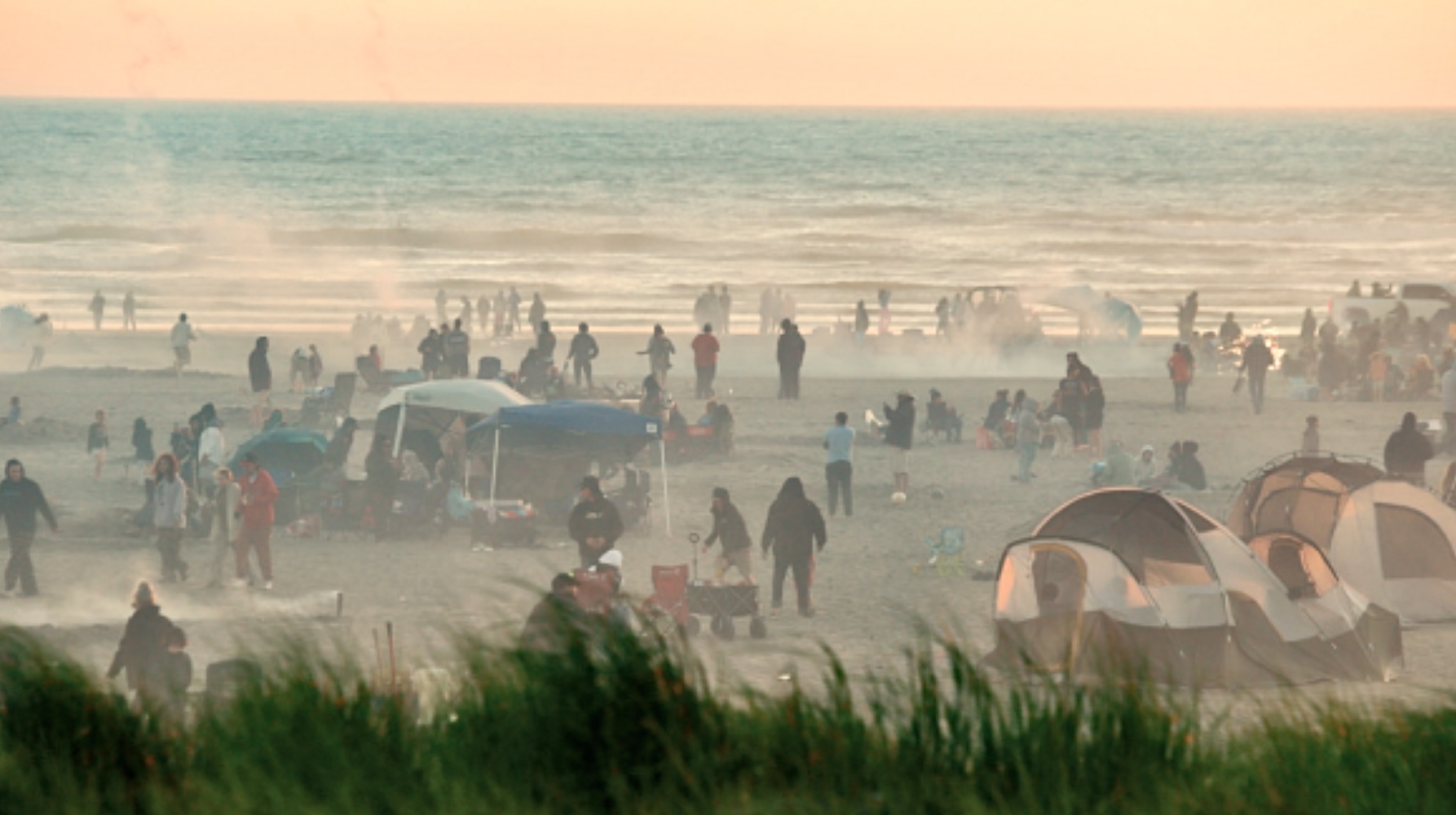Editor’s Notebook: A TOXIC TALE OF SECRET MURDER LINGERS ON
Published 5:00 pm Monday, July 11, 2011

- <p>Matt Winters</p>
A press release about the Heart Mountain Internment Camp brings back memories of a long-ago afternoon spent in the company of an old woman proud of a hate crime
Why would you boast to a 13-year-old about a secret multiple homicide? What if the person doing the boasting was an elderly woman, the sister of your grandfathers best friend? What would you do if you were the 13-year-old?
These questions nagged at me again this week about 40 years after they first did.
I found myself alone at the supper table with an unremarkable lady, probably then in her 70s. We were at my familys weekend place in the mountains, where it was common to have a wide assortment of Sunday guests. I wouldnt have the faintest recollection of her if it werent for the story she told me.
Farming in northwestern Wyoming during World War II, she signed up to employ young Japanese-American day-laborers imprisoned at the nearby Heart Mountain Internment Camp. Located in the vicinity of the small towns of Cody and Powell, the concentration camp received its first 292 inmates in August 1942 and eventually housed more than 10,000 people in tarpaper huts. After Pearl Harbor, they were forcibly removed from their homes along the West Coast, including here.
In a conversational tone tinged with toxic glee, she said she took her workers out to a remote trench on some pretext, shot them dead and covered their bodies with dirt. She said she reported to camp authorities that they had taken off. She was never much questioned about it nor troubled by it in the least.
The whole episode was so bizarre that I chalked it up as some kind of wildly inappropriate joke, and my dad chose to do likewise when I later recounted it to him. Cant remember now whether she said two boys or three. Cant picture her face. Will always feel her presence sitting beside me on a wooden bench on a warm summer day, exuding a kind of vanilla-flavored evil, a giggling monster in a grandma costume. She wasnt invited back.
Heart Mountain pops up from time to time, most recently last week in the form of a press release from Washington State University.
WSU is being given the largest private collection of photos taken at any Japanese-American internment camp. Between 1943 and 1945, George Hirahara and his son Frank took thousands of photos at Heart Mountain. The collection is being donated to WSU by Frank Hiraharas daughter Patti, who plans to personally deliver the final batch of the newly discovered negatives to the university in September. More than 1,000 of the images will be scanned and made available online.
Like most internees, Frank Hirahara picked up the pieces of his life after the war. After graduating from WSU in 1948 in electrical engineering, he worked for the Bonneville Power Administration in Portland.
The Hiraharas share a proud tradition of achievement with other internees. For example, as recorded in Dr. Karl Lillquists study of the camps for Central Washington University:
Over 650 Heart Mountain evacuees volunteered or were inducted into the U.S. Armed Forces. Many of the male volunteers and draftees joined the all-Nisei 442 Regimental Combat Team, which included the 100 Infantry Battalion and the 522 Field Artillery Battalion. The 442 earned the widespread respect of the military leadership for its bravery and fierce fighting in the European theater. The combat teams motto Go for Broke epitomized the attitude of many of the Nisei soldiers. Approximately 16 percent (63) of the 347 Heart Mountain evacuees fighting in the war became casualties.
Looking unlike most other West Coast citizens in the 1940s, it was easy to paint those of Japanese descent as others, unworthy of constitutional or legal protections. In reality, they were just decent people trying to lead ordinary lives.
In the political climate of the time, being Japanese in America was dangerous. I cant find any reference to young guys missing from Heart Mountain. I hope the old womans story was only a sick fantasy. But there really was injustice and suffering in all the internment camps.
The Children of the Camps Project reports that on April 11, 1943, James Hatsuki Wakasa, a 63-year-old chef, is shot to death by a sentry at Heart Mountain camp while allegedly trying to escape through a fence. It is later determined that Wakasa had been inside the fence and facing the sentry when shot. The sentry would stand a general court-martial on April 28 at Fort Douglas, Utah and be found not guilty.
At another camp, a guard who shot and killed an inmate was fined $1, the symbolic cost of the government-issued bullet he wasted.
Heart Mountain residents practiced a variety of civil disobedience, or at least tried to, in protest of unjust practices. Sixty-three refused to register for the draft until their civil rights and citizenship status were recognized. They were prosecuted and convicted, but pardoned after the war.
Families of internees and many other Americans now honor the brave and hardy survivors of the camps. For more information on Heart Mountain, see www.heartmountain.org.
Observer editor Matt Winters lives in Ilwaco with his wife and daughter. An archive of his columns is available at http://mythtown.blogspot.com.









